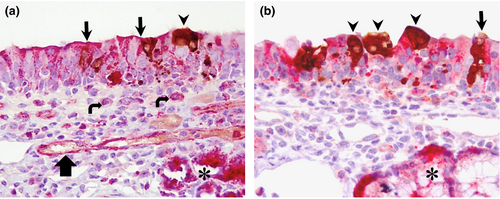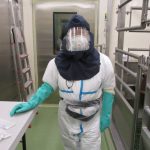Pigs and llamas are also susceptible to be infected by MERS-CoV

The Middle East respiratory syndrome (or MERS) is an infection caused by MERS-Coronavirus or MERS-CoV. It is a type of virus that is transmitted to people by direct contact with infected dromedaries and causes serious pneumonia, to the point of being able to cause death. Recently, the scientific community has observed that this virus is not only found in dromedaries, but there are other species of animals that can be infected by this pathogen, such as flames and pigs.
A study carried out by an IRTA-CReSA research team with the collaboration of the Erasmus Medical Center in Rotterdam and the University of Hanover demonstrates for the first time that this virus is capable of infecting cells Specific organs of the respiratory system, such as lungs, trachea and bronchial, and the lymphatic system, such as the thymus, both from pigs and flames that express a protein in particular on its surface.
Scientists have analyzed tissue samples of animals infected with the MERS-CoV virus to determine the pathway of the virus to the cells. They have proven that the cells that become infected with the virus are those that have the DPP4 protein. This protein acts as a receptor and allows the virus to enter the cells of the respiratory tissues. However, the research team points out that there may be other factors that allow the entry of the virus aside from the DPP4 protein.

Sample of respiratory tissue where the virus and the receptor protein are seen.
Part of the experiments with MERS-CoV are hold in NBC-3 laboratories of the Animal Health Research Center (IRTA-CReSA). Together with INIA-CISA are part of Red de Laboratorios de Alta Seguridad Biológica (RLASB), one of the Technological and Scientific Singular Structures of Spain.
Reference of the article:













